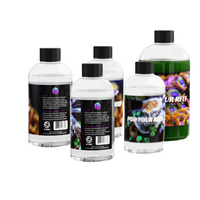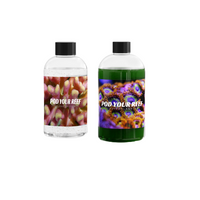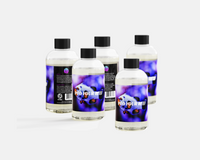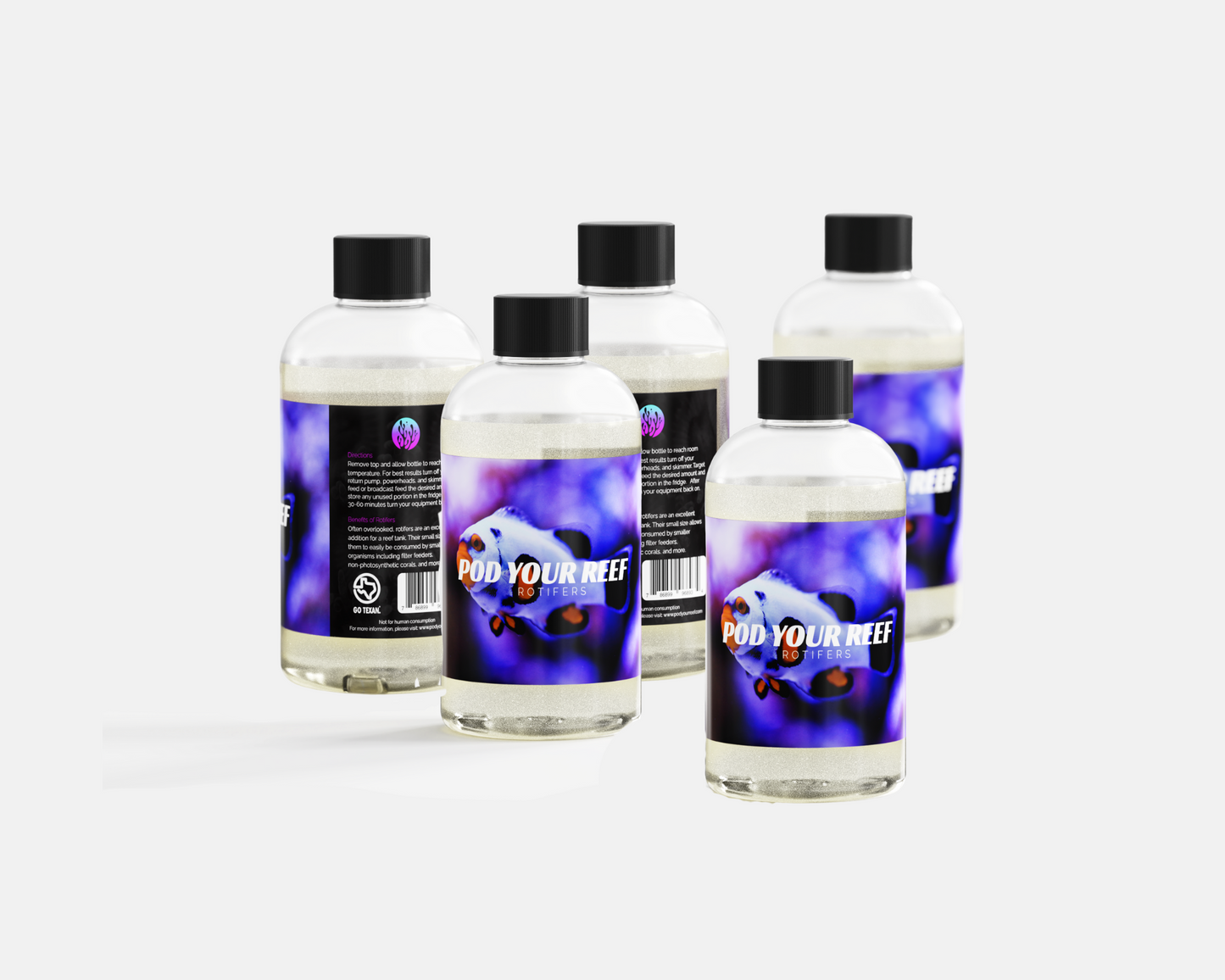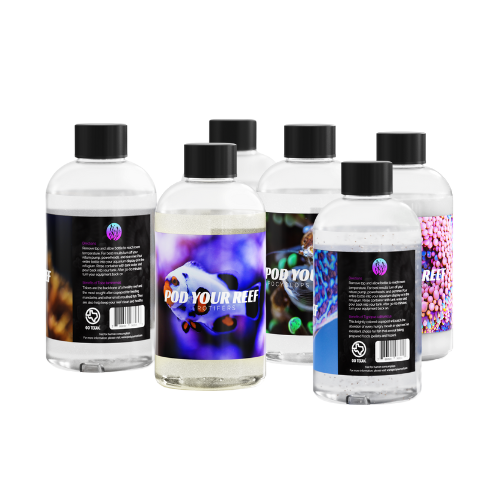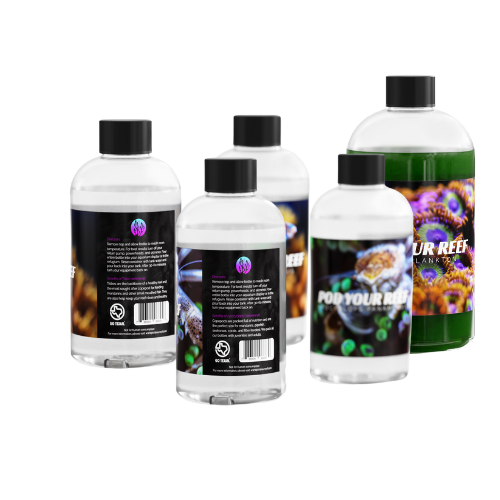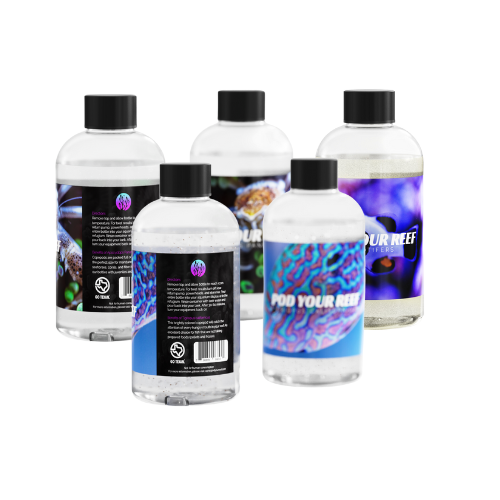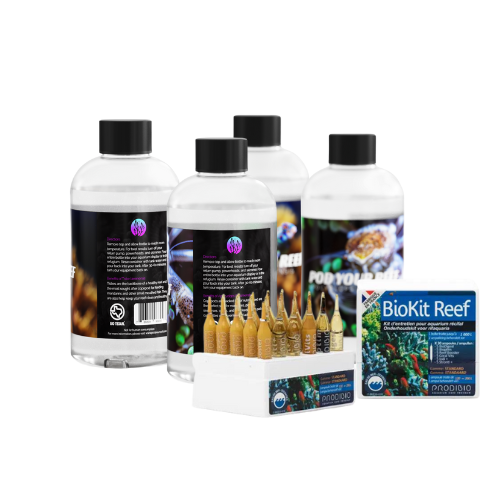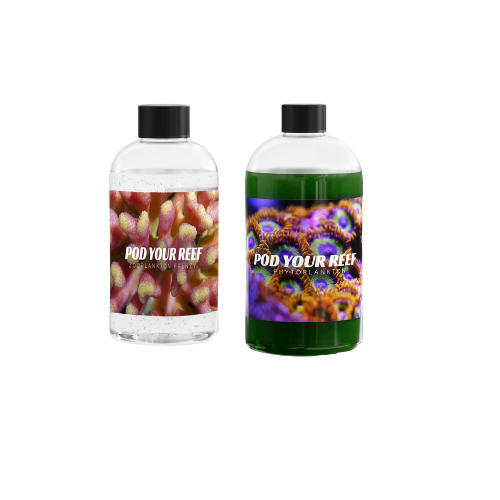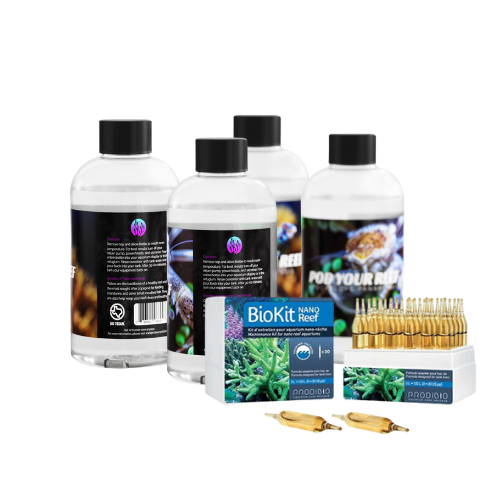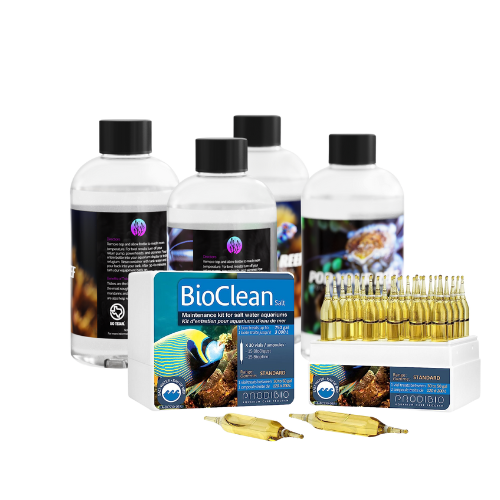Rhodomonas is arguably the ultimate food source for coral and zooplankton, especially for finicky or high-value species. One of the best uses is feeding non-photosynthetic (NPS) corals and small-polyped corals that require frequent feeding. Corals such as sun corals (Tubastraea), gorgonians (e.g., Menella, Diodogorgia), carnation corals (Dendronephthya), and other filter-feeding polyps often respond dramatically to Rhodomonas – it’s an excellent daily feed for keeping these otherwise difficult corals thriving. Many reef keepers report that dosing Rhodomonas causes a swift feeding response: corals will extend their polyps or mucous nets soon after it’s introduced. This makes sense given its high content of attractants (amino acids, etc.). Another key use is as a copepod superfood. If you are trying to culture copepods (e.g., Tisbe, Apocyclops, Tigriopus) or simply boost your tank’s pod population, Rhodomonas is one of the best feeds: it not only makes pods multiply, but it “gut-loads” them with fatty acids and red pigments. Copepods raised on Rhodomonas have higher nutritional value (they literally turn a reddish color from the phycoerythrin load). Feeding these enriched pods to fish like mandarins, scooter blennies, seahorses, and anthias greatly improves those fish’s health and coloration. In fact, aquaculture studies have found that Rhodomonas is superior for rearing certain copepods and shellfish larvae, thereby improving survival and growth. So, in a reef tank, adding Rhodomonas indirectly “fattens up” the entire food web – pods become more nutritious, which then benefits fish and corals that eat the pods. Rhodomonas is also fantastic for SPS corals (e.g., Acropora, Montipora). These corals have small polyps capable of capturing particles of ~10 µm, and they will incorporate the extra protein and pigments into their tissues, potentially enhancing their color. Clams and filter feeders: Rhodomonas’s cell size (~10 µm) is well within what clams (even small Maxima clams) can filter. Clams fed a mix including Rhodomonas show better growth, likely due to the broad nutrition. Similarly, feather duster worms, basket stars, tunicates, and sponges all feed on phytoplankton in that size range. Sponges, for instance, often consume a lot of microbial-sized particles; Rhodomonas might be on the upper end of sponge food size, but many sponges can take up 5–15 µm particles, and they would benefit from the rich nutrients. Another great use: reef aquariums aiming for vibrant coloration – because Rhodomonas carries pigments that can be directly or indirectly incorporated, regular dosing can help enhance reds, oranges, and pinks in corals and even invertebrates (for example, some shrimp or fan worms might display better color if their diet includes carotenoids and phycoerythrin). Larval aquatic animals: If someone is rearing larval shrimp, fish, or corals, Rhodomonas can be an important feed at certain stages (commonly used for bivalve larvae and some fish larvae in research). One more practical use case: if your tank has a deep sand bed or refugium with micro fauna, adding Rhodomonas can feed the myriad of small life (micro brittle stars, worm larvae, crustacean larvae) that spawn or reside there, increasing overall biodiversity. Overall, use Rhodomonas whenever you want to maximize the nutritional density of feedings – it’s especially beneficial for demanding filter feeders, breeding projects, and to support any reef where standard foods aren’t cutting it for some inhabitants.
